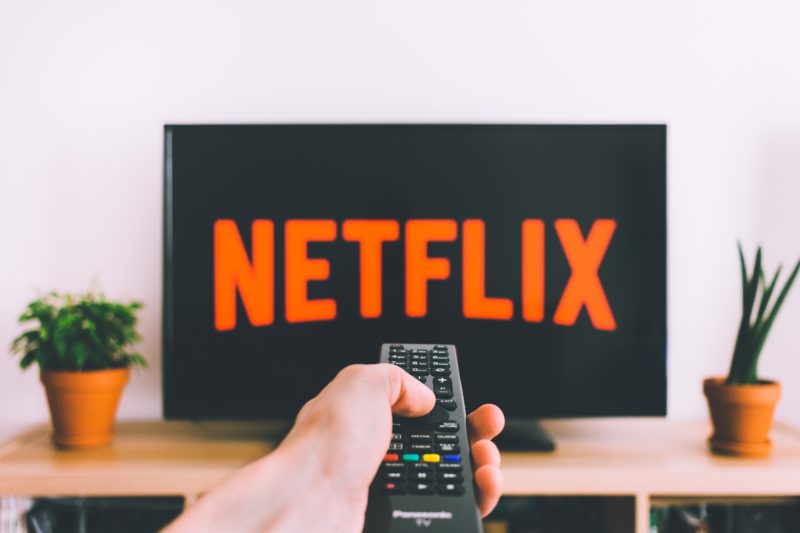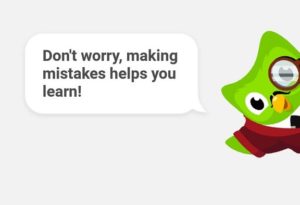Is It Possible to Binge-Watch Your Way to fluency?
Every language has four key components: Reading, Writing, Speaking, and Listening. While you need a solid understanding of each to master a foreign language, fluency primarily focuses on being able to sustain a conversation. And since TV is really just people talking, it’s natural to ask: Can I reach my language learning goals simply by watching my favorite TV shows and movies on Netflix?
In short, yes. But only if you do it right. Before you waste your time and get frustrated with the results, here are some strategies to drive home the benefits of learning a new language while watching Netflix.
Comprehensible Input and Streaming TV Shows
To learn any language, you need to expose yourself to a range of materials close to what you can understand. This is known as comprehensible input. The material should be challenging enough that it pushes you outside of your comfort zone, but not too easy that you find it boring.
Netflix makes this incredibly easy for you. If you’re a beginner starting out, you can watch shows geared towards younger children. They may not be the most exciting, but your focus is on the language. Not entertainment. They’ll use words and sentences closer to your level, so you can better understand and practice differentiating sounds. And once your skill level is more advanced, you can move on toward movies and television shows.
Don’t Make This Mistake While Using Netflix to Learn a Language
Watching movies and shows is fun. But that can be both a gift and a curse. Remember, at the end of the day, you’re still learning. Your focus needs to be less on entertainment and more on learning a new language.

It may be tempting to watch movies when you’re starting out. But the problem is that most movies are likely outside your language abilities. And that will only set you back. You need to be able to understand the content somewhat. Otherwise, you could end up either getting frustrated and confused. And when that happens, most people simply read the subtitles instead.
And that will NOT help you learn a new language.
Netflix is a tool that can help you master your target language. Focus on learning. It’s best to choose shows you’ve either seen before (so you already know what happens) or children’s shows (so they’re not too difficult). This the best way to make sure you focus on the language.
Learning a Language with Subtitles

Subtitles are a great way to help you learn any language while watching Netflix. But it’s all in how you use them. Make sure the subtitles are in the target language. If they aren’t, you’ll only confuse yourself trying to read in one language while listening in another.
Important note: You shouldn’t rely on the subtitles.
The primary purpose of using Netflix to learn a language is to listen, familiarizing yourself with the language. If you find yourself reading more than listening, the difficulty is too high. Also, If you’re more interested in listening while reading along, there are better resources than TV shows (shadow reading, for instance).
Strategies That Make Language Learning With Netflix Possible
Remember, you want to move past purely enjoying the movie experience. To get the most out of using Netflix to learn a foreign language, you need a targeted approach. In short, you need strategies.
Here are a few techniques you can use:
- Break the movie up: Watching a two-hour flick in your target language may seem like fun at first, it that’s a long time. And if you’re doing it right, it should feel exhausting. So, take frequent breaks to reflect on the language.
- Rewatch the movie: Like most strategies with language learning, repetition is necessary. Your brain needs repeat access to your target language to learn it. You don’t even need to wait for the movie to end. Repeat scenes over and over again until you’re fully confident you comprehend the dialogue.
- Get involved: While it may seem weird, talking with the characters is a great way to practice speaking and pronunciation. You can pause and repeat scenes over and over to help ensure accuracy. (Though, you may want to close the blinds for this one).

Each of these strategies pushes you from being a passive learner to an active learner. And the fastest way to gain fluency is to be an active learner. The more engaged you are with the content that you’re using, the more you’ll get from it. And the faster you’ll reach fluency.
You Need More Than Netflix to Learn a Language
Ultimately, there is no “one-true-way” to learn a language. Netflix is a great way to help you on your road to fluency, but you need other resources to help guide you there. And a key component to successfully speaking a new language is to use the right foreign language learning program.
Many traditional methods for language learning fall short. They’re either too academic and overemphasize grammar and syntax, or they’re too simple and focus only on vocabulary. If you want to truly gain fluency, then you need a program that incorporates comprehensible input and spaced repetition systems into its foundation.
There are a lot of options out there for you to choose from. Make sure you choose a proven program that provides structures and support with common words and phrases. This will help you reach your language learning goals fast. Pairing together a proven language learning program with Netflix will help you reach your dream of finally learning a foreign language.







